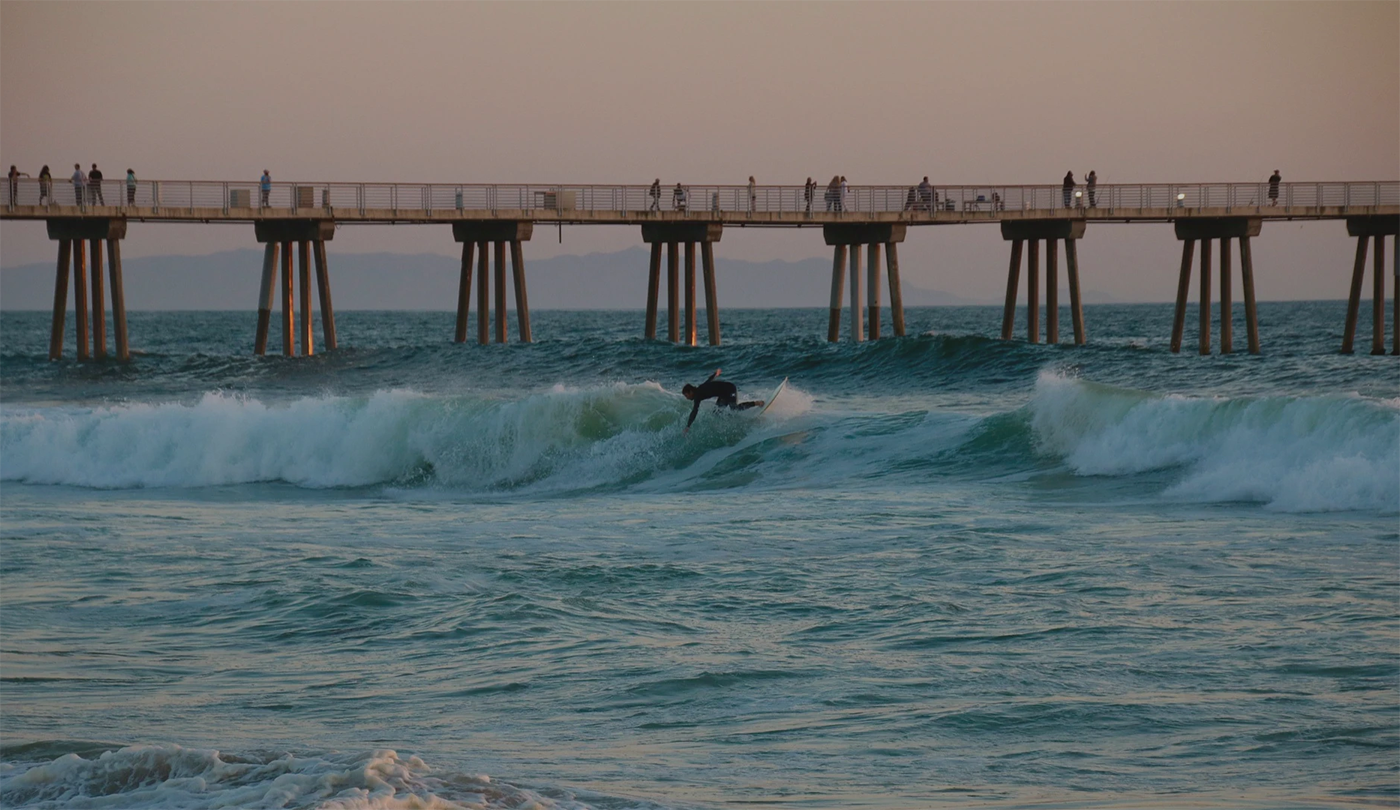Building Performance Standard Incentives: Oregon offers funding for early compliance and planning
- Topics :
- Policy
California’s Cap and Trade Extended: What It Means for Businesses
Published September 16, 2025

California just advanced one of the most sweeping energy packages in years, extending cap and trade to 2045, replenishing the state’s wildfire fund, and pushing grid expansion across the West. The headline political promise is affordability and reliability without abandoning climate ambition. For large electricity consumers, the real question is what this means for near-term bills, long-term procurement strategies, and Scope 2 emissions trajectories. Early indications suggest a mixed bag: new guardrails on wildfire liabilities and transmission buildout could ease some upward pressure on rates over time, even as ratepayers continue to shoulder part of wildfire costs; expanded regional trading could lower both prices and grid emissions intensity; and the cap and trade extension preserves a durable carbon price signal that increasingly shapes wholesale power portfolios. Put together, the package resets how California balances grid resilience, consumer protection, and decarbonization, and it materially reshapes how corporates plan power purchases, disclose Scope 2, and hedge volatility.
Cap and trade to 2045: price signal continuity and Scope 2 planning
By reauthorizing its market through 2045, California ensures that carbon pricing remains a core instrument for power decarbonization across multiple planning cycles. The Legislature’s deal, now on the Governor’s desk, extends the program (rebranded “cap and invest”) and dedicates revenues to climate priorities, while pairing it with measures pitched to ease electricity bills. For large buyers, the key takeaway is policy durability: a clearer long-run emissions trajectory in generation portfolios, and continued incentives for utilities to favor lower-carbon resources that can diminish grid-average emissions factors over time. That matters for market-based Scope 2 accounting (for example, REC-backed claims) and for location-based footprints tied to grid intensity.
The cap and trade piece arrives alongside other affordability levers. The deal includes a mechanism to cut transmission build costs and a broadened energy credit under cap and trade aimed at offsetting rising bills, while acknowledging ratepayers will still contribute to wildfire victim compensation. That combination translates to a policy glidepath where gross cost drivers (wildfire and massive grid investments) are partially counterbalanced by regulatory cost containment, leaving corporates with a more predictable, if not lower, total cost of electricity and a clearer view of the decarbonization slope embedded in grid purchases.

Wildfire liabilities: fund replenishment, cost sharing, and utility risk profile
California’s wildfire liability regime has dominated utility credit risk, rate trajectories, and capital allocation for years. The package moves to stabilize that risk by fortifying the California Wildfire Fund, reported as a roughly 10-year plan around $18 billion of additional support, split between utilities and customers, building on the original 2019 structure. The intent is to reduce the probability that a single catastrophic season destabilizes utilities or triggers sharp emergency rate actions. For large customers, that risk-mitigation design tends to compress the distribution of bill outcomes (fewer shock spikes), albeit at the cost of an ongoing contribution on monthly bills. That predictability has real value when negotiating multi-year PPAs or setting internal carbon and energy-cost budgets.
Legislative text and committee materials underscore the mechanism: SB 254 strengthens oversight, allows the fund administrator to request additional utility payments (capped in statute), and formalizes cost sharing between shareholders and customers. Utility groups had previously raised concerns over potential “top-up” calls, while Senate materials highlight a 50/50 replenishment split in one draft description. The policy signal is plain: the state intends to socialize catastrophic risk more evenly to keep utilities solvent and grids stable.
Grid expansion and regionalization: lowering prices, lowering carbon
Perhaps the most forward-looking feature is the push for regional grid integration. California will now accelerate participation in a Western regional transmission operator, a move designed to reduce curtailment of renewables, expand access to low-cost out-of-state wind and solar, and smooth volatility across time zones. For corporate buyers, expanded regional trading means two things: lower wholesale price variance (which utilities can pass through) and lower marginal emissions rates (which feed directly into Scope 2 accounting). In practice, a broader footprint enables more effective balancing of California’s midday solar surpluses with evening demand peaks, exactly the type of mismatch that has inflated both costs and emissions factors in the past decade.
Analysts note that regionalization could reduce California’s system-wide renewable curtailments by double digits within a few years, while giving utilities a cheaper toolkit for compliance with renewable portfolio standards. For corporates, that means more credible claims when reporting emissions reductions linked to procurement in California, and a reduced need for costly firming contracts or on-site generation as insurance against curtailment-driven volatility.

Implications for corporate Scope 2 and energy strategy
For major energy users, this reform package reframes Scope 2 strategy in three ways:
- Procurement planning: The extension of cap and trade and regionalization give clearer signals on grid decarbonization, allowing corporates to plan renewable PPAs or REC strategies with more confidence about their impact.
- Cost predictability: Wildfire fund design, plus bill credits and transmission cost sharing, reduces downside risk of sudden spikes, which is critical for CFOs modeling multi-year energy budgets.
- Reputational credibility: As location-based grid factors decline, corporates disclosing Scope 2 emissions through CDP or aligning with SBTi gain credibility in climate reporting, since reductions reflect genuine system decarbonization, not just market-based instruments.
Conclusion
California’s reforms deliver a complex but coherent package: wildfire liabilities addressed through socialized funds, cap and trade extended with consumer credits, and regional grid integration promising cost and carbon benefits. For utilities, it stabilizes the operating environment. For corporates, it provides both new burdens and new opportunities: a steadier cost base, a clearer carbon trajectory, and enhanced credibility in Scope 2 disclosure. The lesson for other jurisdictions is that aligning utility costs, resilience, and decarbonization is messy but possible, if policymakers are willing to blend consumer protection with long-term carbon pricing and grid investment.
References
Politico – Gavin Newsom gets his big energy deal
AP News – California to extend cap-and-trade program aimed at advancing state climate goals









